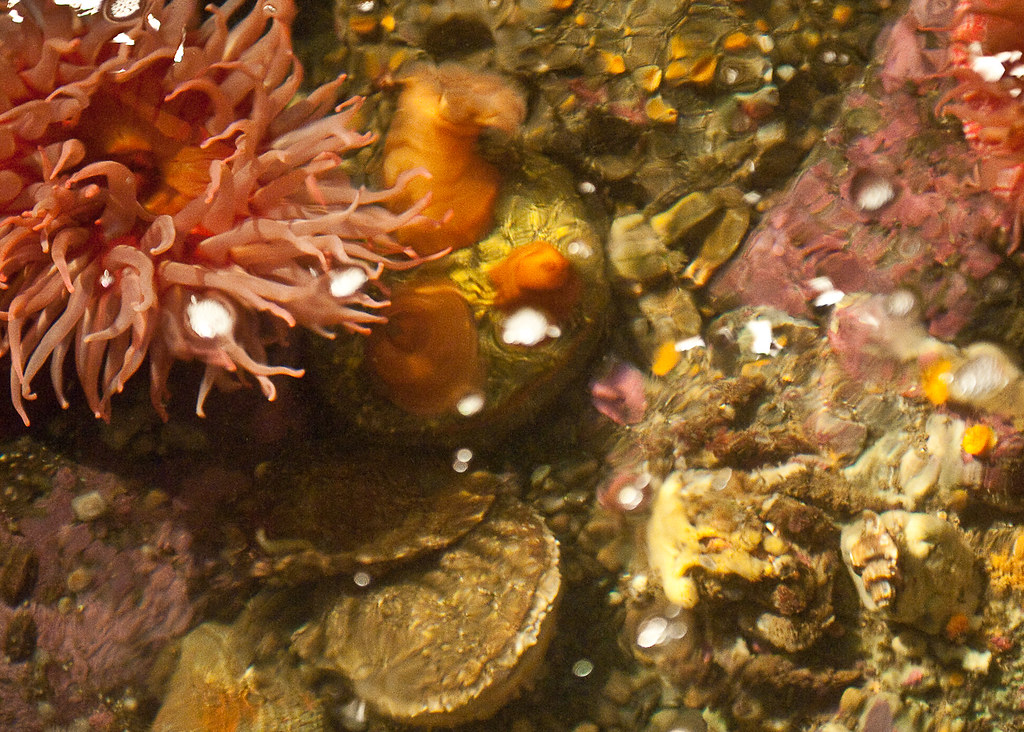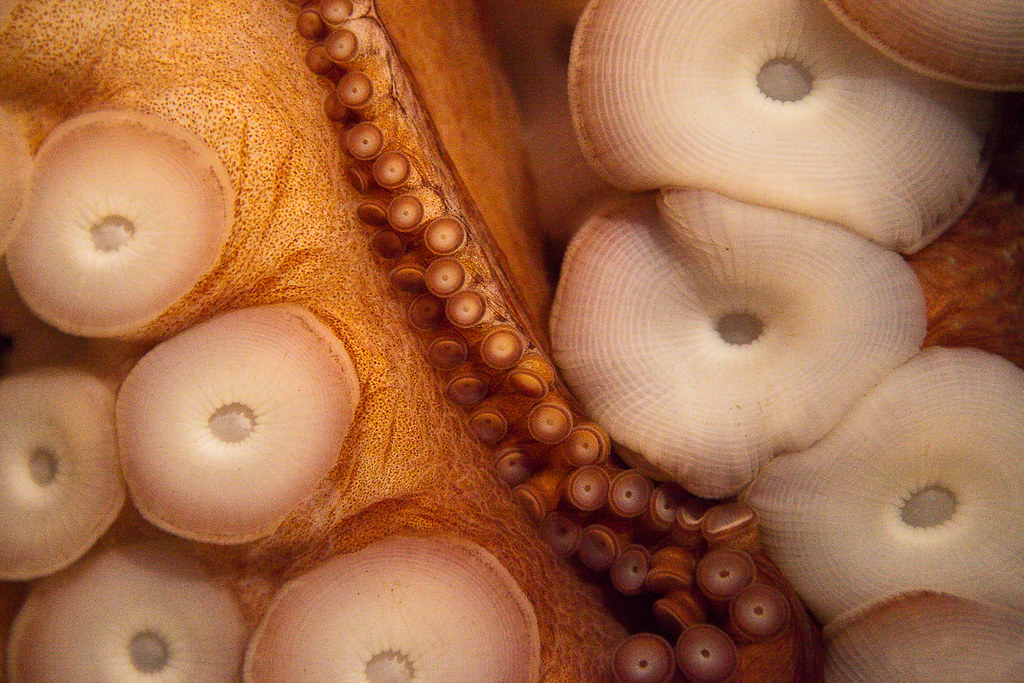Well, I did it. I switched from Canon to Nikon – specifically, from the vintage Canon 5D to the Nikon D700. This is a long post. Read only if you’re interested in the minute details of why I switched.
I’m surprised how hard it’s been for me to make this decision in a calm, rational manner. Strange emotions splattered over each stage of my decision making process. The calm, rational part of me knows the camera system I use doesn’t really matter. Nobody sells a magic camera that will turn me into Ansel Adams. All digital cameras these days are good enough that, in good light, the only thing that keeps them from taking consistently stunning pictures is me. A lot of my favorite pictures from 2008 came from the small, light, and cheap Olympus 410 with its small, light, and cheap kit lenses.
However, the frustration of missed shots has seared itself onto the irrational part of my brain. Most emotionally charged photography takes place in bad light. My small, light, and cheap Olympus 410 struggled taking candid pictures in the church and at the reception of Elsa’s wedding. (Even my long lusted-after lens upgrade to my Olympus system didn’t help that much.) Most of the time I get to spend with my kids is inside at night, when even the Canon 5D and the 50mm f/1.4 lens have a hard time freezing quick-moving and uncooperative infants and toddlers.
In December, I decided to rent camera equipment to see if there was any quick technological fix to Missed Shot Frustration syndrome. I’ve heard a lot about how good the newest generation of camera bodies was at low-light photography. I contacted the fine folks at Pro Photo Rental and secured a Nikon D700, Nikkor 17-35 f/2.8, Nikkor 24-70 f/2.8, and Nikkor 105 f/2.8 Micro. I would have rented a 5D Mark II, but unsurprisingly none were available in the rental market at the time. My assumption was the D700 and 5D Mark II would be roughly comparable, as the latest advanced-amateur cameras from the two leading manufacturers. What I wanted to learn from my time with the D700 was how big an advantage it was to move to the latest generation of camera. Is it something I should do today, or should I wait for prices to fall? I also rented the Olympus E-3, just to see what the top-of-the-line of the Olympus system was like to work with.
Here’s some of my observations at the end of my four days’ hands-on time with the different cameras.
To anyone coming from Canon, the Nikon is just backwards. The way you mount the lens is backwards; the way you dial in exposure compensation is backwards. The two command dials aren’t where you expect them to be. I’d frequently have my eye at the viewfinder and slide my finger along what I thought would be a command dial, but I was just stroking the camera body. It’s like handling a camera from the Bizzaro Universe. I’m really glad I got to use the camera for four days to start working through the culture shock.
Size & weight matter to me, with lighter being better. The Nikon system I used was just massive. The D700 + 24-70 weighs 4.7 pounds. The 5D + 24-105 weighs 3.6 pounds. The E-3 + 12-60 weighs 3.4 pounds.
If I was going to buy a camera just based on ergonomics, I’d buy the Olympus E-3. The Olympus is solid without being too heavy. Its weather seals are the most impressive. I could change settings on this camera quickly. I like shooting from odd angles, and the tilt/swivel LCD makes it significantly easier. Built-in image stabilization and sensor cleaning are big plusses compared to the Vintage 5D. I also have a soft spot for the Olympus because the 410 is just so darn cute and works so well.
But I wasn’t evaluating based on ergonomics – I wanted to see how the cameras performed in challenging lighting situations. I took the Olympus E-3 with me & Alex to the Pacific Science Center. There’s a lot of very dim interior lighting. I did a lot of shooting at ISO 1600 and f/2, and there was a lot of Missed Shot Frustration syndrome. With the Olympus 50mm f/2, focus was often too slow, and a few times the lens just refused to autofocus altogether. (This would usually happen when I was switching from the macro focus range to focus on something in the distance.) There was also a lot of subject blur, even at ISO 1600 and f/2. (Shutter speeds in the dinosaur room could be as low as 1/25 to 1/60. IS helped me with the pictures of the things that weren’t moving. Alex, on the other hand, didn’t stay still.) The other frustration was more subjective. My fastest Olympus lens is the 50mm f/2 (100mm equivalent), and I’m not as comfortable composing with that angle of view. While I didn’t bring the Vintage 5D with me on this trip, I know from experience that it also struggles at the Pacific Science Center. My 24-105 f/4 zoom isn’t fast enough. The Vintage 5D’s advantage is its ISO 1600 is cleaner than the Olympus, and I have a fast 50mm lens for Canon.
“The Claw”. Olympus E-3, ISO 1600, 50mm f/2, 1/60s at f/2
- I did two real-world torture tests for the Nikon – kid pictures in the living room at night, and then at the Seattle Aquarium. These are both situations where I know from experience that the Vintage 5D struggles. And in both cases, I was just amazed by how well the D700 handled the situation. There was a combination of factors that made it substantially easier to consistently get good pictures of quick-moving kids in bad light. Most obviously, ISO 6400 on the D700 is roughly as usable as ISO 1600 on the Vintage 5D. But equally important is how fast and how accurately the D700 focused in low light. It simply didn’t struggle at all. That might be because I was using an f/2.8 lens on the D700 instead of the f/4 lens on the 5D (although the 5D struggles to focus the 50mm f/1.4 in low light, too). The D700 viewfinder is bigger and brighter that the Vintage 5D. (A potentially confounding factor for this comparison is I had the grid focusing screen installed on the 5D, and maybe it’s not as bright.) Another very subtle difference between the D700 and the Vintage 5D is the D700 has a shorter mirror blackout. To this photographer, at least, it doesn’t feel as intrusive. Finally, the D700 implements Auto ISO in the way I need for kids-in-bad-light photography. Both the Olympus and the 5D Mark II use the inverse-of-the-focal-length rule to determine the minimum acceptable shutter speed. (The Vintage 5D doesn’t have Auto ISO at all.) With the D700, I tell it the minimum shutter speed I want. I need at least 1/125 or 1/160 for moving kids, and this is true even if I’m shooting wide-angle.
“Aenemone.” Nikon D700, ISO 6400, 24-70mm f/2.8 at 70mm, 1/100s at f/2.8
- I did a couple of good-light tests of the cameras. I took the D700 and the E-3 to the Arboretum one afternoon, and I took the D700 and the 5D to the Bellevue Botanical Gardens. In good light, the differences between the cameras was much more subtle and subjective. All took good pictures. Each had strengths and weaknesses.
I was sad to send back the D700 and the E-3. The benefit of renting the E-3 was it eliminated my gear lust for that particular camera. While I’d love to get a good deal on a used E-3 (primarily for the viewfinder and more AF points), I concluded the E-3 really won’t help me solve Missed Shot Frustration syndrome. But it’s still a cool camera.
The D700 was another matter. I fell in love with how responsive the camera was when I had it, and I concluded it would significantly reduce Missed Shot Frustration syndrome in bad light, which is unfortunately a situation I’m in a lot. It really looked like a breakthrough upgrade, something worth doing now rather than waiting a year or more.
For a while, I thought the cost of switching systems would be too high. On New Year’s Eve, I went to Kenmore Camera to see how much they’d offer for my Canon gear (not enough). But they did have a 5D Mark II in stock. I read that the 5D Mark II had the same or better high-ISO performance as the D700, I figured it was the same generation as the D700, so I traded in my Vintage 5D and my 24-105 for a 5D Mark II and a 24-70. I spent more money that day that I wanted, but I figured sticking with Canon would save me over the long run.
Buyer’s remorse kicked in the next day. The Canon’s high-ISO performance was as good as advertised. But autofocus performance (and mirror blackout) really hadn’t improved over the Vintage 5D. I took the 5DM2 to the aquarium. I could take pictures with the 5DM2 that were never possible with the Vintage 5D, but it also struggled focusing on Alex as he walked around in ways the D700 didn’t. The difference between the 5DM2 and the D700 isn’t as big as the difference between the Vintage 5D and the 5DM2, but the difference was there and I found myself vaguely frustrated, especially since I plunked down more money than I’d planned. I also found out that I really don’t like 21 megapixels. It eats up compact flash cards, hard drive space, and post-processing time too quickly.
“Octopus Abstract (IV).” Canon 5D Mark II. ISO 6400, 24-70 f/2.8 at 70mm, 1/125s at f/2.8.
So I started doing the math and realized that I could get a D700 and 3 prime lenses for the same as I spent on the 5D Mark II and the 24-70. I knew from going through Lightroom that these three focal lengths (35, 50, and 105) cover about 60% of my photography. I’d then have lots of Canon equipment I could sell on EBay to finance the rest of the Nikon kit. In hindsight, I should have turned to EBay first instead of Kenmore Camera. (I now estimate I could have gotten 50% more selling the Vintage 5D and the 24-105 on EBay than I got as a trade-in value at Kenmore Camera. Yes, the trade-in process is easier, but that’s still a hefty convenience premium. Lesson learned.)
So that’s it. I switched. The rational part of me has learned that the monetary cost of switching systems doesn’t have to be that much higher than the monetary cost of upgrading bodies. (Although the hassle & learning cost is certainly higher.) The irrational part of me thinks I’ve committed some act of betrayal, and that there’s a Vintage 5D out there somewhere that feels like a jilted lover. But the irrational part of me is also irrationally happy at having a new camera system that opens so many possibilities for low-light photography. I hope my 5D will forgive me.


